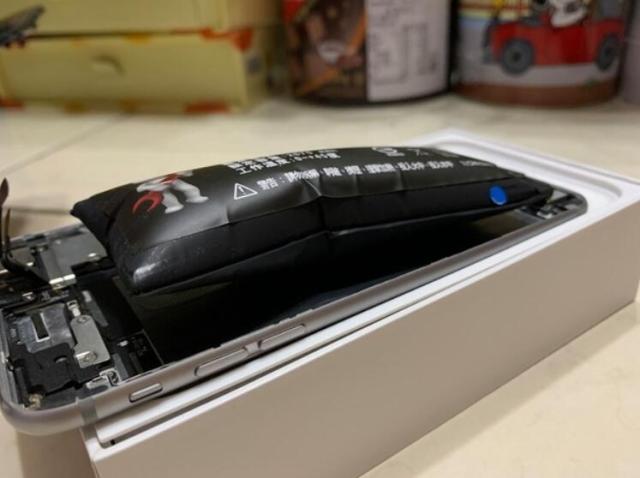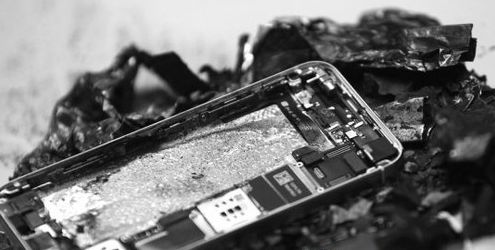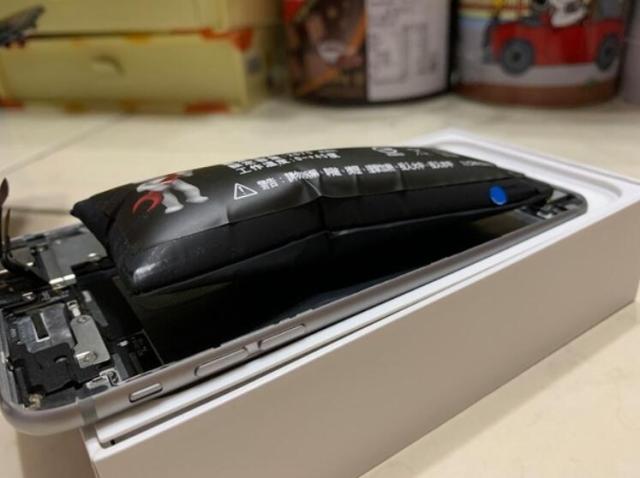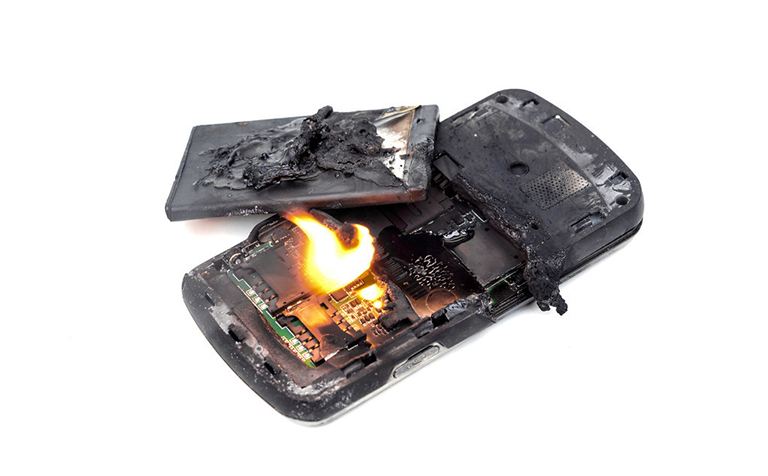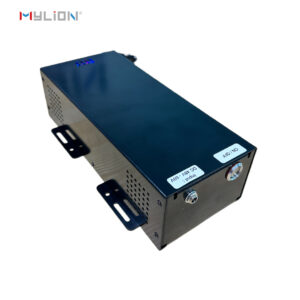The bulging of lithium batteries may be caused by the following reasons:
1. Overcharging causes the batteria al litio to bulge. Overcharging will cause all the lithium ions in the positive electrode material to run into the negative electrode material, causing the original full grid of the positive electrode to deform and collapse. In this process, the negative electrode has more and more lithium ions. Excessive accumulation causes the litio atoms to grow stumps and crystallize, causing the battery to swell. This is also one of the main reasons for the decline in the power of lithium battery packs.
2. The bulging SEI film caused by over-discharge will have a protective effect on the negative electrode material, so that the material structure is not easily collapsed, and the cycle life of the electrode material can be increased. During the charging and discharging process, the SEI film will change slightly, mainly because some organic substances will undergo reversible changes. After the batteria is over-discharged, the SEI film is reversibly broken, and the SEI that protects the negative electrode material is destroyed, causing the negative electrode material to collapse, thereby forming a batteria al litio bulge phenomenon. If the charger used does not meet the requirements, the batteria will bulge in light, and there may be a safety accident or even an explosion.
3. Problems in the production and manufacturing process The electrode coating in the manufacture of lithium battery packs is uneven, and the production process is relatively rough, which may also cause batteria al litio bulges. Therefore, the mobile phone batteria al litio must be tested after it is manufactured, including an appearance test, safety test, reliability test, electrochemical test, and so on. In order to improve the test efficiency of batterie al litio and ensure the stability of the test, the battery test module, the shrapnel microneedle module, can be used as the connection medium for the batteria al litio test of mobile phones. The range of -50A maintains stable overcurrent capability, reliable connection, and stable performance.

